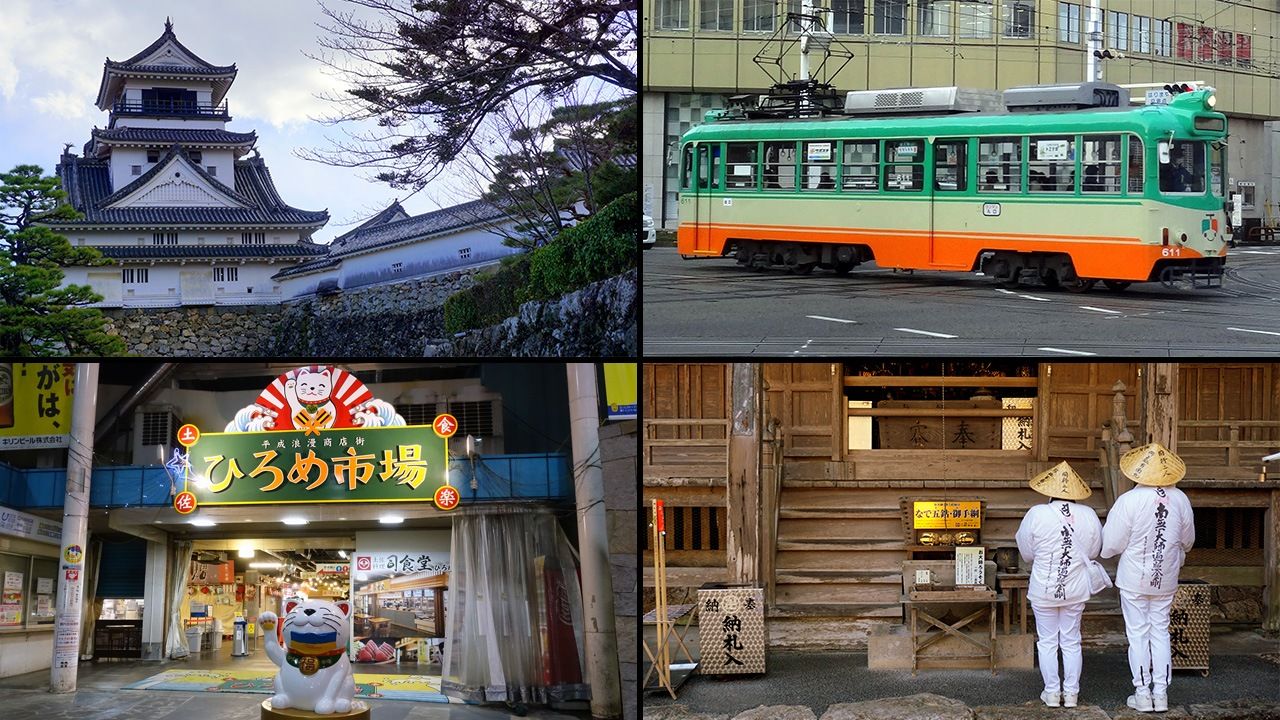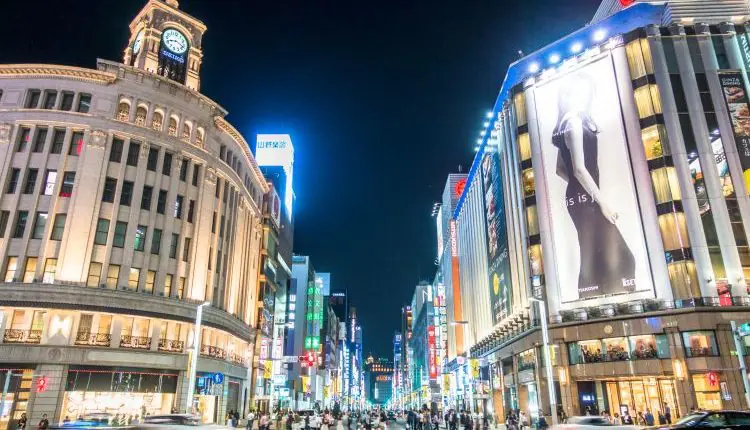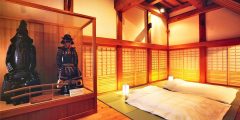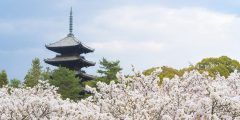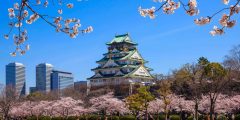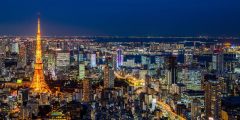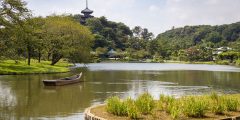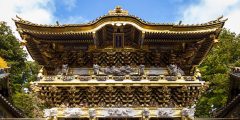The city of Kochi is considered the birthplace of many important historical figures in Japan, such as the samurai and politician Sakamoto Ryoma and the botanist Makino Tomitaro. However, it is not as well known as other bustling tourist spots in Japan. Kochi has stunning natural scenery and rich history, making it an excellent destination for tourists looking to explore the authentic and historical aspects of Japan. If you are looking for a rich cultural and historical experience, Kochi is the perfect destination for you, where you can explore the history of the samurai and learn about the life paths of important historical figures in Japan. You can also enjoy the delicious cuisine that the city offers, which reflects its rich food heritage.
Best kept secrets
Although Kochi Prefecture is not a popular tourist destination among Japanese or foreign tourists, it retains a special appeal that reflects its natural beauty and rich history. In the 2023 Regional Brand Survey, Kochi ranked 20.9nd with a score of XNUMX, which is low compared to other prefectures.
This situation can be unfortunate, especially with Kochi's potential to host tourists with unique experiences and mesmerizing landscapes. It includes historical and cultural landmarks dating back to ancient times, in addition to the richness of its natural heritage and the diversity of cuisine that reflects local traditions. Kochi may be one of those best-kept secret destinations waiting to be discovered and explored by travelers seeking the hidden beauty of Japan.
Read also:Ninnaji Temple in KyotoIt is located a 90-minute flight from Tokyo, and despite its small size, it contains a group of distinctive tourist attractions, starting with the impressive Kochi Castle in the middle of the city. This castle is an ideal starting point to explore the beauty of the surrounding nature, as you can wander through the gardens surrounding the castle and enjoy its wonderful views.
With an efficient network of public transportation such as buses and trams, you can easily reach all the must-see places in the city and beyond. You can enjoy a tour of the natural parks surrounding the city or explore the culture and history at the local temples and museums.
Offering a unique and exciting experience of self-discovery, Kochi reflects the traditional essence of Japan with its serene beauty and natural splendor.
Historically lively place
Kochi Castle is considered an integral part of Japanese history, and is a living witness to many important time periods. From its foundation in the Middle Ages to the present, the castle has witnessed many challenges, wars and conflicts, yet it has managed to survive and withstand through the ages. In 1727, the castle suffered a fire accident that destroyed much of it, but thanks to serious efforts and rapid reconstruction, it was rebuilt based on the original design. Over the years, the castle has faced the challenges of successive wars and conflicts without being destroyed, highlighting its strength and steadfastness as a symbol of Japanese history and heritage.
Read also:Japan's Ishigaki IslandIn addition, the extensive renovation it underwent in the 1950s embodies the will of the Japanese people to preserve their cultural and historical heritage. Kochi Castle has been restored to its original splendor and beauty, making it one of the distinctive tourist attractions in Japan.
It is noted at Kochi Fort that all its buildings are historical structures and not part of the reproduction from the post-war period. In addition, it is the only castle in Japan that still retains its ancient tower and palace. In fact, it is the only building that still retains all of the original 18th-century structures in the Honmaru area (the main part of the castle).
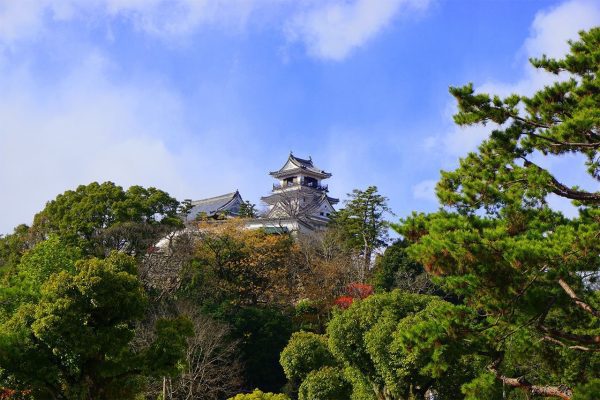
Although Kochi is not a major tourist destination, it holds great importance in Japanese history. At the end of the Edo period (1603-1867), during which the area was known as Tosa, it was one of the main places of the anti-shogun movement, which eventually led to the restoration of imperial power.
In the midst of this bloody period, Sakamoto Ryoma, a young samurai, passionately advocated Japanese democratic values, modernization, and patriotism, and sought to restore power to the imperial court. His participation in the secret negotiations of 1866 is considered among his most important contributions to the anti-shogunate movement. These negotiations led to the formation of the military alliance between the Satsuma and Chōshū regions, the powerful western regions that eventually led the uprising against the shogunate military regime.
Read also:Sanqin Park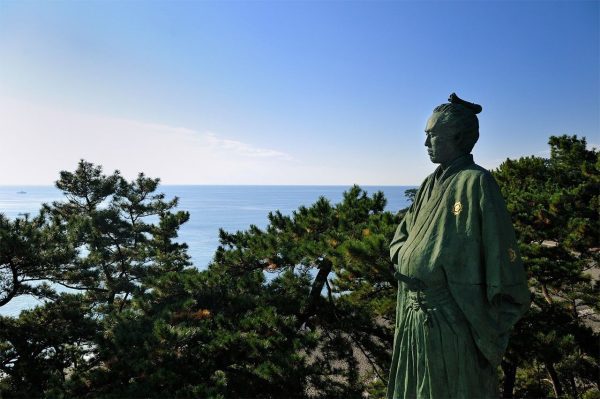
Because of his role in the modernization movement, Sakamoto was pursued by groups supportive of the shogun's military government and was eventually assassinated when he was thirty-one years old. He later became something of a popular culture icon and the subject of numerous novels, television dramas, films, and manga, including the drama The historical taiga from the 2010 NHK production “Ryumadin”.
History buffs should head to scenic Katsurahama Beach south of the city centre. There they will find the Sakamoto Statue and the informative Sakamoto Ryoma Memorial Museum. Set against a green backdrop of pine trees, the beach is a beautiful outdoor destination that has been known since ancient times as a popular place to view the moon.
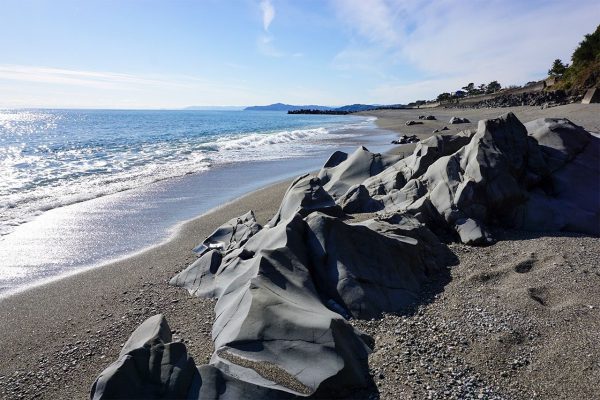
For more information about this pivotal moment in Japanese history, the Freedom and Civil Rights Memorial Hall is a museum where the lives and actions of such important activists as Itagaki Taisuke and Nakai Chōmin are recounted through photographs, models and videos.
The spiritual power of the Buddhist pilgrimage
Kochi also participates in the Hinro, a 1400-kilometre Buddhist pilgrimage that takes walkers to 88 temples around Shikoku Island, the XNUMXst stop of the famous sacred trail being Chikurinji Temple. If this picturesque Buddhist temple were located in Tokyo or Kyoto, it would be crowded with tourists every day from morning to evening. But, since it's in Kochi, you'll probably be around only a few visitors.
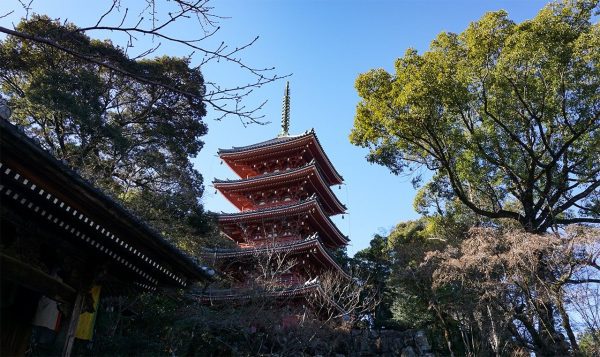
The temple complex is located on a small hill (dubbed Mount Godai) not far from the city center, and is immersed in the greenery of Japanese maples, which turn from pale green to gold and crimson in the fall. It can be easily reached by bus via a road cut through the dense forest that covers the entire hill.
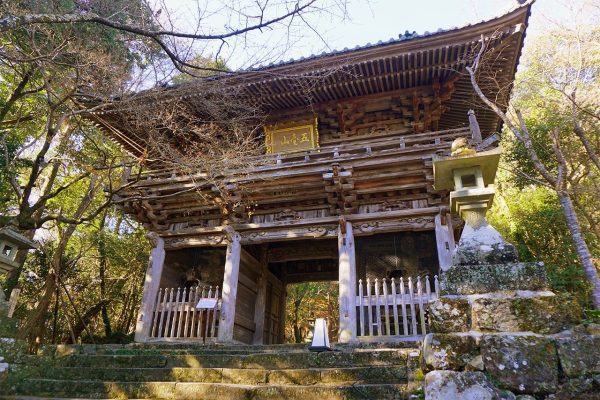
Spend some time on the temple grounds and you'll likely see a few pilgrims, some in full regalia, with their white robes covered in Buddhist writings and a sugigasa straw hat atop their heads.
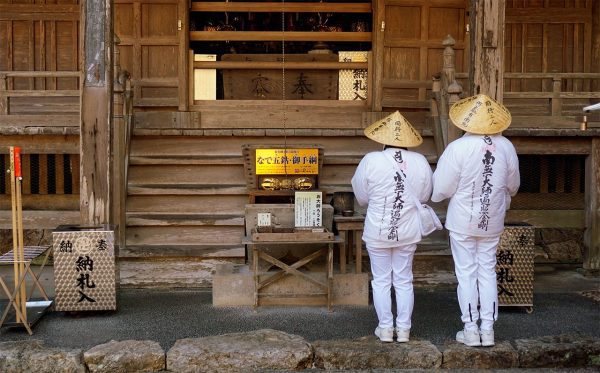
But other than watching the pilgrims, the real pleasure comes from wandering around the peaceful, mossy temple grounds. It is a magical place that transports you to a world of peace and tranquility usually found within holy sites, but with the added pleasure of being surrounded by nature.
Abandoned Nature: Makino Botanical Garden
Just a short walk from Chikurinji Temple is another place where Japanese history and nature blend: Kochi Prefecture's Makino Botanical Garden. Doctor Makino Tomitaro is known as the “Father of Japanese Botany.” During most of his life, he traveled throughout Japan and collected more than 400,000 plant specimens, 1500 of which he later described as new species or lower taxa.
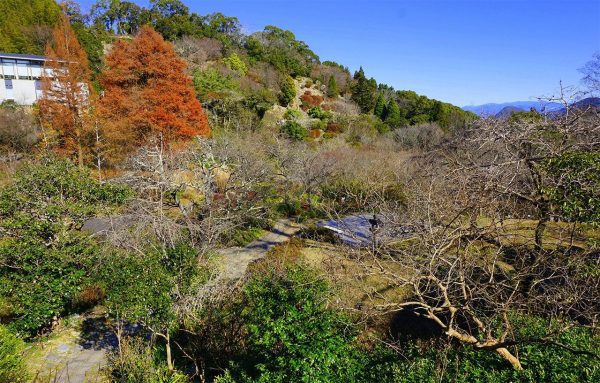
Ultimately he achieved his ambitious goal of publishing Makino's illustrated book on plants in Japan, a comprehensive masterpiece that represents the culmination of his extensive research. In 2023, he became the subject of the morning TV drama "Asadori" when NHK produced "Ranman", a fictional story based on his life.
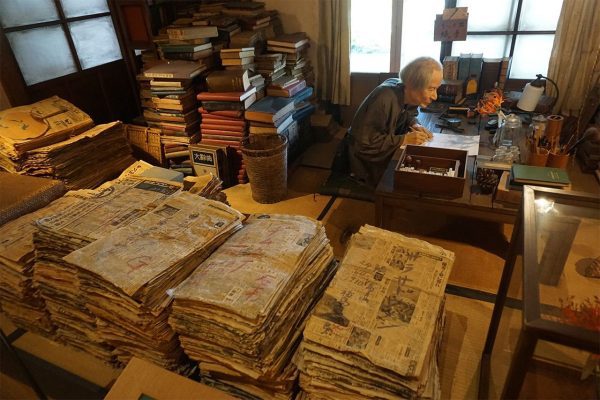
The botanical garden was opened in 1958, one year after Makino's death. The approximately 8-hectare park, which takes advantage of the undulating terrain, showcases Japan's four colorful seasons. It is home to more than 3000 species of wild and garden plants associated with the doctor, including Makino's beloved cherries and azaleas that bloom in the spring, and in the fall it is covered with yellow paternia, Japanese clover and pink and purple heteropapous flowers, from the daisy family.
One of the most prominent features of the garden is the spacious greenhouse filled with rare and colorful tropical plants collected from Japan and abroad. It is reached through a 9-meter-high tower, which is a type of large tree cave covered inside and out with climbing plants and their branching roots.
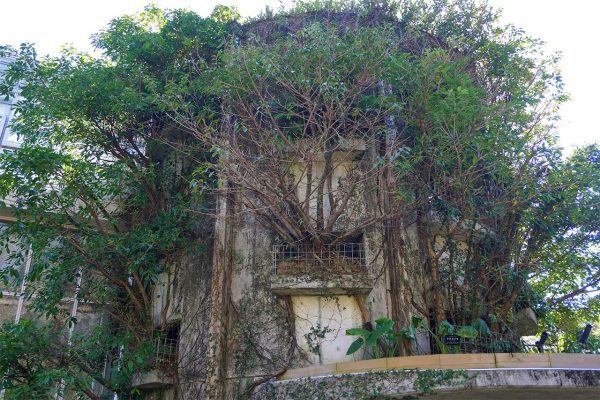
Within it, different areas are allocated to a water garden, a forest area and dryland plants that can withstand high temperatures during the day and low temperatures during the night.
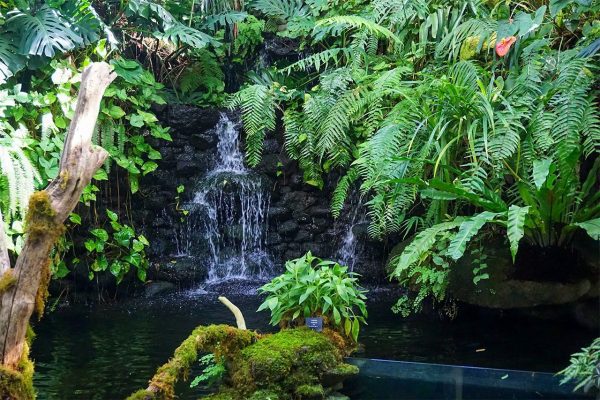
Things to try
Back in the city centre, the best way to enjoy Kochi is to take a bus or tram (from vintage to otaku designs featuring local manga hero Anpanman), then hop off and explore its alleys or stroll along the Kagami River. The tourist information center outside Kochi Station has plenty of brochures and timetables to help you navigate the city.
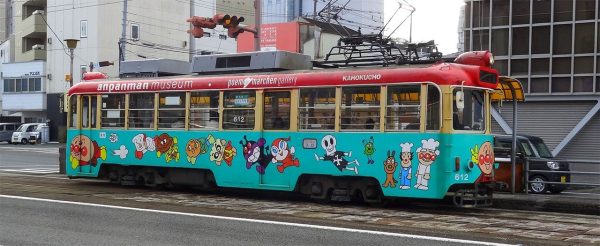
Although the Kagami River flows through the city center, it is clean enough that many locals swim in its waters in the summer. In fact, the city has many of these beautiful rivers, from the Nyudo River in the town of Eno to the Doi River, a tributary of the Nyudo River, which is located about an hour's drive from the city. All are ideal for swimming, paddling and canoeing.
All this action is sure to make one hungry, and even so, the city will not disappoint you with a variety of simple, delicious dishes ranging from Nabiyaki Ramen (ramen noodle soup served in a hot clay pot) to Sawachi Ryori, It is a diverse cuisine that includes different types of sashimi and oyster dishes. There's also wagyu tosa akaushi beef and arguably the region's most popular dish, katsu no tataki, lightly seared bonito or skipjack tuna often topped with a little sea salt or citrus ponzu sauce.
And you can't talk about Kochi without mentioning yuzu, a beautiful citrus plant with an amazing aroma and flavor that is very popular in Japanese cuisine. Similar to lemon, yuzu adds a very special flavor when added to a dish, from marinades and sauces to desserts. The city of Kochi is the largest producer in the world, accounting for 55% of Japan's total crop.
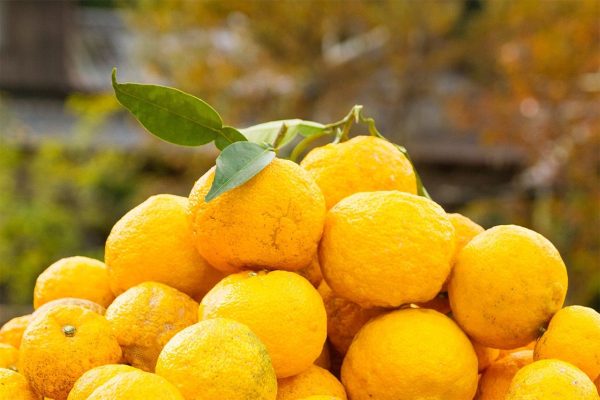
There are many places in Kochi where one can enjoy local food, but two experiences not to be missed are a visit to Hiromi Market (a cute indoor market with 60 different restaurants), and the 1.3 km long market known as the Sunday Market Lane, which serves traditional local foods. Such as “inaka-sushi” (country-style vegetarian sushi where the fish is replaced with preserved and pickled vegetables and fried tofu) and “imu ten,” which is bite-sized, freshly fried sweet potato tempura that is probably one of the best sweet treats you will eat in Japan at all.
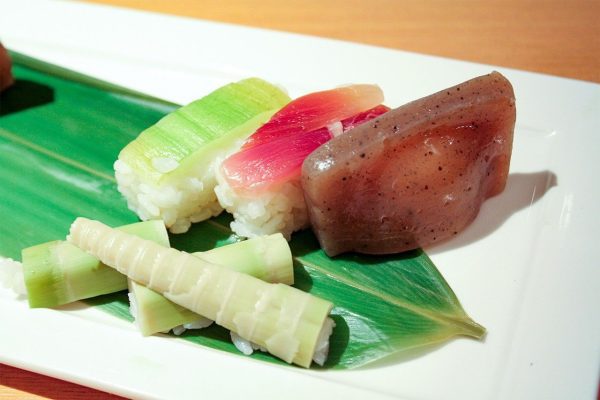
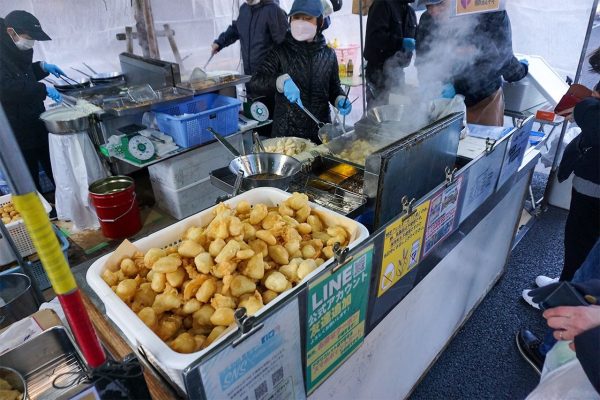
The best thing about Kochi, as mentioned before, is that wherever you go, you are likely to be the only foreign tourist. So, if you're tired of the noisy tourist crowds in Kyoto and Tokyo, now you know where to go next.
(Original text in Japanese, translation provided by Japan in Arabic)
